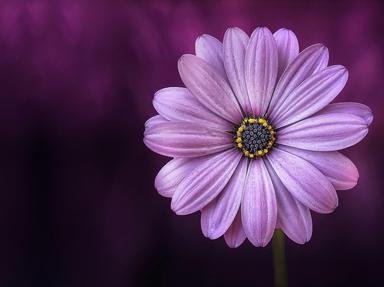Quiz Answer Key and Fun Facts
1. When asked to name an alpine flower, anyone who has seen 'The Sound of Music' is likely to respond with the common English name of Leontopodium nivale. Which of these would that be?
2. Fragaria vesca will not only provide ground cover and a display of delicate white flowers, but also produces a luscious fruit. Its French name is fraisier des bois; which of these is one of its common English names?
3. Despite its name, the alpenrose is not a member of the rose family, Rosaceae. Rather, it is the type species for which genus of plants in the family Ericaceae?
4. The English name for Carduus defloratus brings to mind the national flower of a region known for its highlands. What is it commonly called?
5. The common name of several members of the Trollius genus, including this example of T. europaeus, is related to the shape of their flowers. What is this name?
6. Gentiana lutea, also known as yellow gentian, is a bit large for the average garden, growing up to around 2m (six feet) in height. It makes an appearance here because you might want to grow a few of them for which of the following reasons?
7. Plants in the genus Eriophorum have fluffy seed heads which have given rise to their common name. Which of these is it?
8. Which of these would be the best position in which to plant your mountain cornflower?
9. Papaver alpinum is a species which is a small member of a genus whose members are often associated with Remembrance Day, when they are worn as a tribute to those who died in World War I. What is the common name of this species?
10. The saxifrage family of plants, which are also sometimes called rockfoils, gets its name from the Latin words 'saxum' and 'frangere'. What is the literal translation of that combination of words?
Source: Author
looney_tunes
This quiz was reviewed by FunTrivia editor
WesleyCrusher before going online.
Any errors found in FunTrivia content are routinely corrected through our feedback system.

